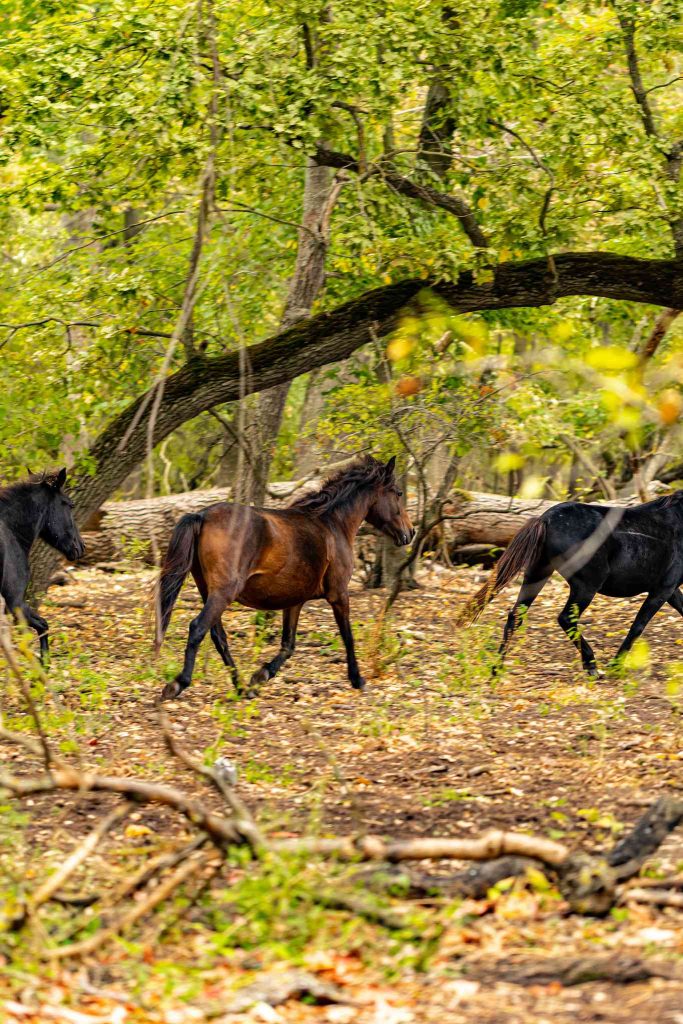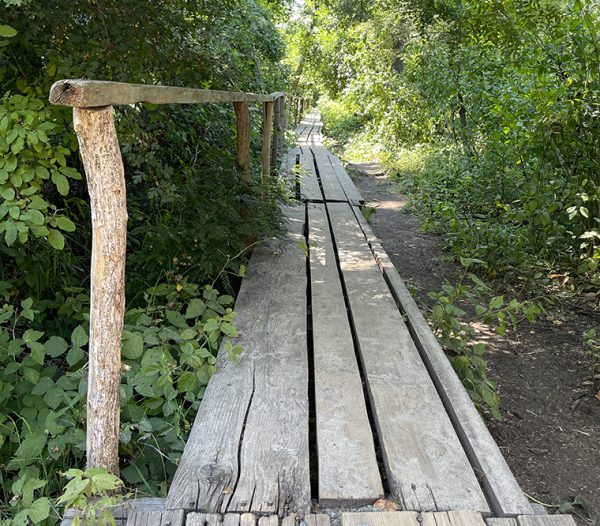The Sand Dunes and Ancient Oaks
Sand Dunes
The exotic and mysterious tableau of Letea Forest, the northernmost subtropical forest in Europe and the oldest natural reserve in Romania, unfolds on the sandy Letea ridge – in the Danube Delta. This is an elongated marine-origin sandy land formation, covering an area of approximately 170 km2. Letea Ridge is a fluvio-marine ridge located in the northeast part of the Delta, between the Chilia and Sulina branches, formed from alluvial deposits in the middle of the waters.

Letea Forest
The rich vegetation of Letea Forest is complemented by other tree species, such as the Fluffy Ash (Fraxinus pallisae), Narrow-leaved Ash (Fraxinus angustifolia), Swamp Ash (Fraxinus pallisiae), Elm (Ulmus foliacea), Black Alder (Alnus glutinosa), Silver Lime (Tilia tomentosa), White Poplar (Populus alba), and Black Poplar (Populus nigra).
Letea Forest captivates nature-loving tourists with its climbing plants, featuring the famous lianas (Periploca graeca), which accompany the Brumariu Oak (Quercus pedunculiflora), Fluffy Ash (Fraxinus pallisae), and White Poplar (Populus alba), as well as Ivy (Hedera helix), Wild Grape (Vitis silvestris), Old Man’s Beard (Clematis vitalba), and Hop (Humulus lupulus).

Spectacular Journey
The journey to Letea Forest is in itself a spectacular and original adventure—across lakes, channels, and backwaters, yet the final destination surpasses the imagination of tourists curious to discover the fairy-tale magic of the Delta. On the sandy soil of Letea Forest grow the famous ancient oaks of the Quercus robur species—the Pedunculate Oak (also known as the English oak), Quercus frainetto—the Hungarian Oak (also known as Italian oak), and Quercus pedunculiflora—the Brumariu Oak. These oaks live between 400 and 700 years, some reaching up to 25 meters in height.

